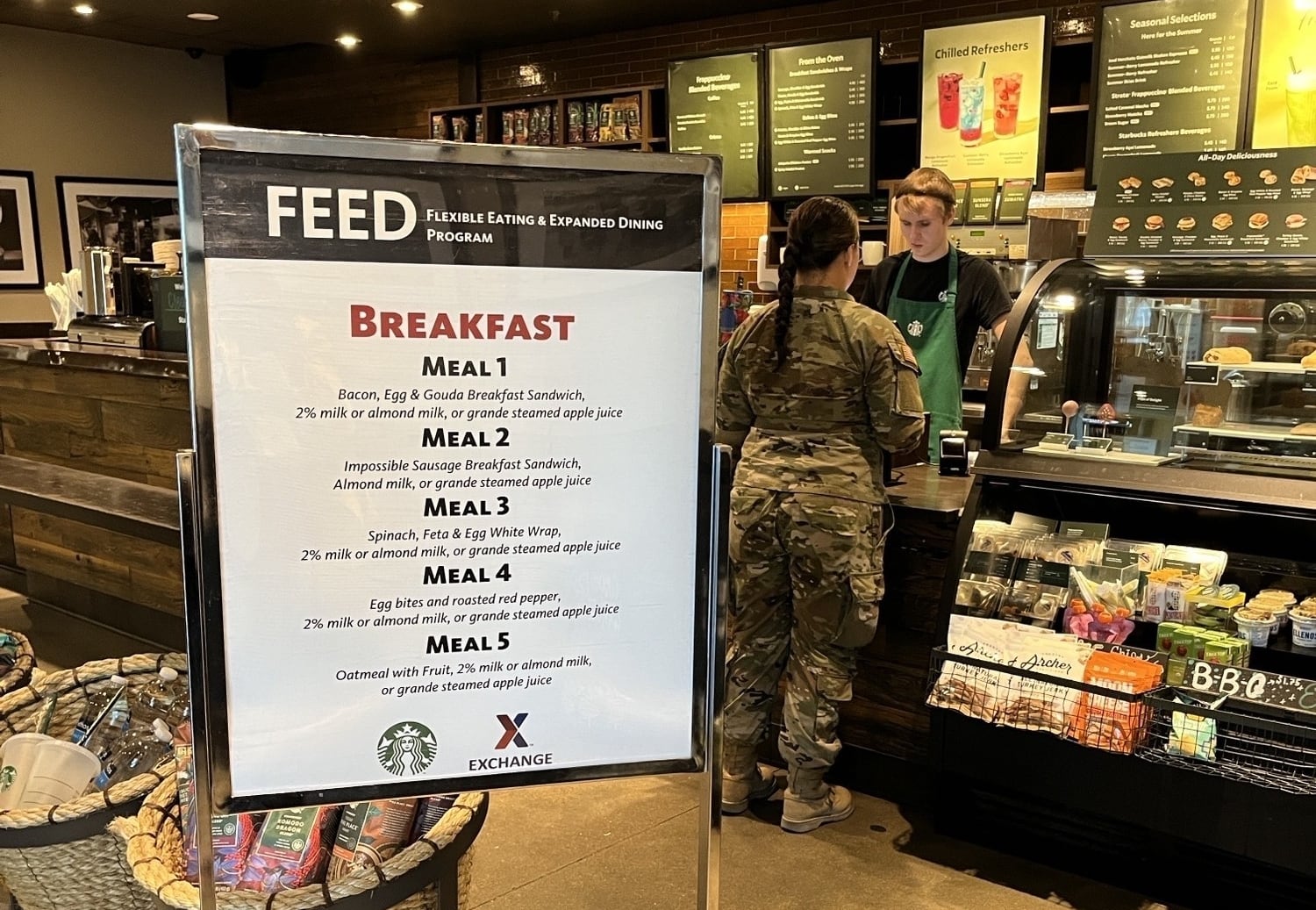Our Sailors are the Navy's asymmetric advantage in an increasingly complex world. However, unlike the many changes to our ships, warplanes and weapons systems over the past four decades, we have not fundamentally changed our approach to personnel policy, programs and systems since the 1970s. Just like the weapons systems we use, our personnel system needs updates to keep pace with a rapidly changing world.
As the Chief of Naval Personnel, my organization is responsible for making sure that our newest Sailors are ready for the many jobs and tasks they will be asked to undertake. This responsibility includes finding and recruiting talented individuals as well as executing training pipelines that transform young Sailors into highly skilled maritime warriors.
Today, there are two fundamental challenges facing the Navy's personnel domain. The first is a looming war for talent. Our recruiting pool, filled with young individuals possessing the requisite academic and physical aptitude and a propensity to serve grows smaller and smaller. Additionally, a great deal of uncertainty surrounds the nation's continued economic recovery and how that will affect our recruiting and retention. Many Sailors leaving the Navy are not dissatisfied with the compensation they receive, but rather they feel stymied by our industrial-age personnel systems and processes, which do not provide them with the choices, flexibility and transparency they want and need. Our personnel processes and infrastructure are complex, outdated and inefficient. And while we are able to make the machine work, it comes at a high cost, both in terms of resources and level of effort.
Second, in today's fiscal and operational environment, continuing to do business the way we've always done is not sustainable. Each year, the Navy recruits, processes and trains nearly 40,000 Sailors, and sends that same number home, to say nothing of 90,000 permanent change of station moves we execute on top of it all. Even if budgets were unlimited – and they aren't – this is inefficient in terms of cost and time. We must find better ways to retain and repurpose the talent in which we have already invested, and avoid incentivizing Sailors to walk out the door.
Additionally, the Navy's recent guidance known as the Design for Maintaining Maritime Superiority challenges us to think about how we will adjust to a rapidly changing world. For us, that means we must be poised to quickly adapt our workforce to new and evolving threats while continuing to attract and retain the very best Sailors in a competitive talent market.
To address these challenges, we have been working hard on a series of initiatives called Sailor 2025. These initiatives are aimed at modernizing our personnel management and training systems to more effectively recruit, train and manage the force of tomorrow all while improving the Navy's warfighting readiness. We are transforming our industrial-age personnel system and supporting IT infrastructure with the goal of having an integrated pay and personnel system for our Sailors within the next few years. Incremental change will not be enough – we simply cannot afford to wait that long.
Today, Sailor 2025 is a living, breathing set of approximately 45 initiatives built on a framework of three pillars: a modern personnel system, a career learning continuum and career readiness.
The first pillar is a wholesale modernization of our entire personnel system. We're working to create flexible policies and additional career choices, as well as empower our commanding officers with tools to retain the best and brightest Sailors. As part of this pillar, we have already implemented several initiatives including the Meritorious Advancement Program, increased graduate education opportunities and tours with industry. In the coming years, we're working to implement our "Detailing Marketplace" Fleet-wide, which will allow Sailors to negotiate job assignments directly with gaining commands. We are also in the early stages of several other initiatives including an overhaul of our performance evaluation system, shifting to tailored, NEC-based advancement exams coincident with the rating modernization effort and examining how we might enable ease of movement back and forth between the Active and Reserve Components.
The second pillar of Sailor 2025 is focused on providing the right training at the right time in the right way. We call this effort "Ready Relevant Learning." Today, after Sailors graduate from Boot Camp, they typically attend school and receive most of their career rate-specific training up front, which can last up to two years. By the time they reach their assignments, Sailors' skills may have atrophied or the technology they trained on might be outdated. Therefore, we are developing a career-long learning continuum where training is delivered by modern methods to enable faster learning and better knowledge retention at multiple points throughout a career, just as we do for officers. This will help us transform our industrial, conveyor-belt-training-model and ensure that content is refreshed for changing technologies so Sailors are ready to perform on day one at their new units.
We are doing this all while helping Sailors improve their career readiness by better developing our leaders, building a team that looks like the nation we serve and removing obstacles that negatively influence a Sailor's decision to stay Navy when they are looking to start or raise a family – pillar three. To accomplish this, we have lengthened maternity leave to 12 weeks, changed our dual military co-location policy, expanded the Career Intermission Program, strengthened our resilience, health and fitness programs across the force and are working to expand Child Development Center hours and capacity. Additionally, we have created a Leader Development framework that recognizes we can no longer take character for granted and established a Navy Civilian Workforce Framework designed to provide our Navy civilian teammates the same career management opportunities as our uniformed Sailors. We also recognize that leveraging our diversity is crucial to reaching our potential. Leaders generate success and achieve unparalleled performance when they tap into the energy and capability of an actively inclusive team.
At the foundation of all these initiatives is an effort to streamline and optimize all of our processes within N1. We are in the process of modernizing our IT infrastructure in preparation for transition to a modern, cloud-based integrated pay and personnel system. This will allow Sailors to conduct all manner of personnel issues, from pay and leave, to interactions with detailers, via modern, easily-accessible and simple to use programs that work on a personal mobile device.
While we have a lot of work left to do, at the end of the day our goal remains to provide Sailors a personnel system that keeps pace with the weapons systems they use every day in the Fleet. It's the right thing to do for our Sailors, and we believe it is change they will appreciate.
As we go forward, we want Sailors' input on additional ideas to pursue as part of Sailor 2025. Hearing from you is the best way we can make our policies and systems even better. You have a direct line to me in order to make sure your ideas are heard – send them to: usnpeople.fct@navy.mil.





